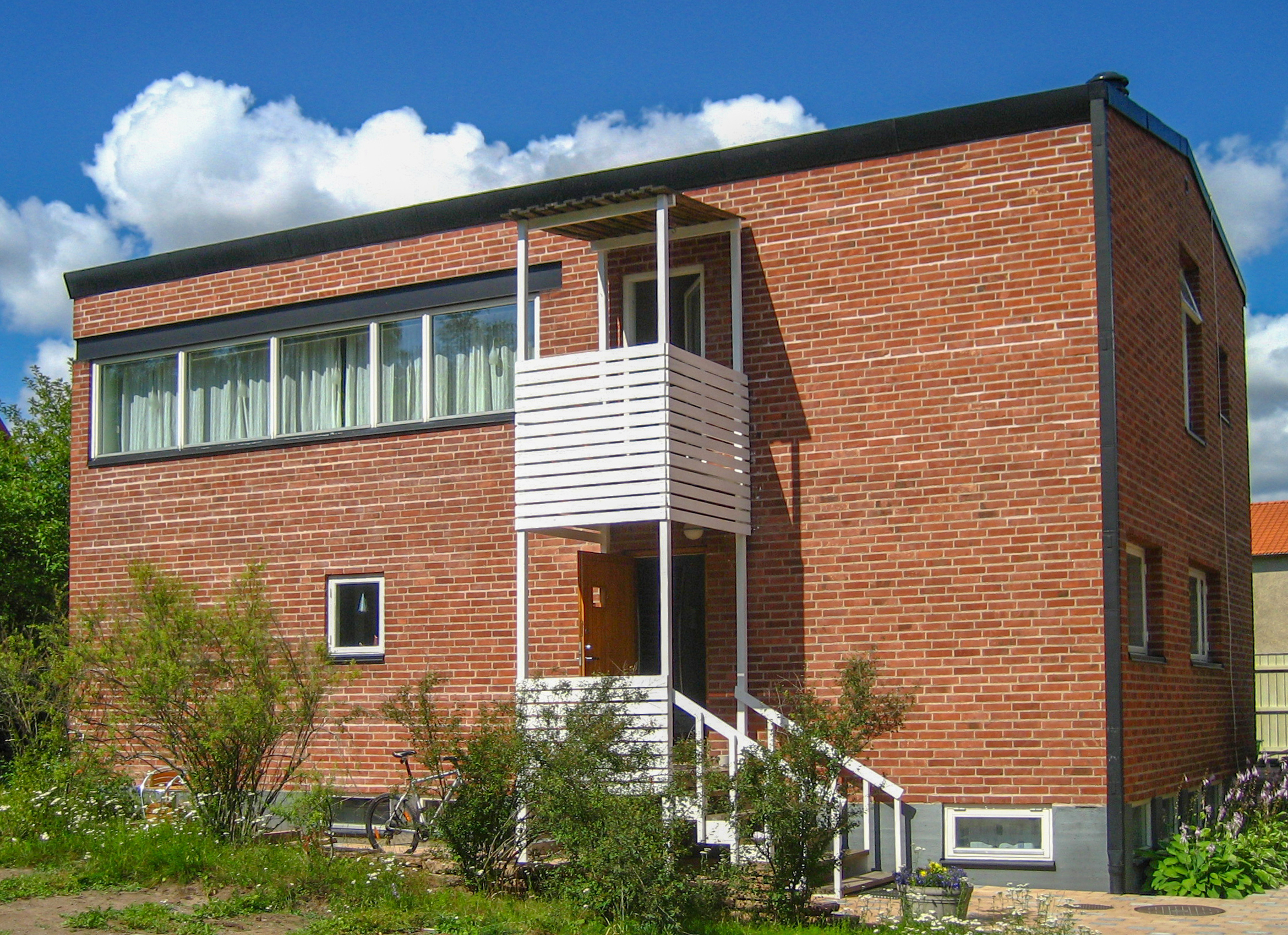|
Butterfield Center
The Butterfield Center is a New Brutalist structure in downtown Cincinnati. Designed by University of Cincinnati The University of Cincinnati (UC or Cincinnati) is a public research university in Cincinnati, Ohio. Founded in 1819 as Cincinnati College, it is the oldest institution of higher education in Cincinnati and has an annual enrollment of over 44,00 ... architecture professorDavid Lee Smithnd Donald E. Stevens, the building promotes the structural and systems materials (concrete, ductwork, etc.) themselves by leaving them exposed.''Cincinnati Enquirer'', June 25, 2006, "A New Home" The Butterfield Recreation Center (also known as the Butterfield Nutrition Center, also known as the Butterfield Senior Center) was closed in 2004 as a result of push to cut $4.2 million from the budgets of several city departments In 2005, design firm Libby Perszyk Kathman (LPK) purchased the Butterfield Center along with the Marcus Fechheimer House, with the vision to conjoin the buildings ... [...More Info...] [...Related Items...] OR: [Wikipedia] [Google] [Baidu] |
Brutalist Architecture
Brutalist architecture is an architectural style that emerged during the 1950s in the United Kingdom, among the reconstruction projects of the post-war era. Brutalist buildings are characterised by minimalist constructions that showcase the bare building materials and structural elements over decorative design. The style commonly makes use of exposed, unpainted concrete or brick, angular geometric shapes and a predominantly monochrome colour palette; other materials, such as steel, timber, and glass, are also featured. Descending from the modernist movement, Brutalism is said to be a reaction against the nostalgia of architecture in the 1940s. Derived from the Swedish phrase ''nybrutalism,'' the term "New Brutalism" was first used by British architects Alison and Peter Smithson for their pioneering approach to design. The style was further popularised in a 1955 essay by architectural critic Reyner Banham, who also associated the movement with the French phrases ''bé ... [...More Info...] [...Related Items...] OR: [Wikipedia] [Google] [Baidu] |
Downtown Cincinnati
Downtown Cincinnati is the central business district of Cincinnati, Ohio, as well the economic and symbiotic center of the Cincinnati metropolitan area. It also contains a number of urban neighborhoods in the low land area between the Ohio River and the high land areas of uptown. These neighborhoods include Over-the-Rhine, Pendleton, Queensgate, and West End. Demographics 5,838 live in Downtown Cincinnati as of the 2020 Census. Geography Downtown Cincinnati is laid out on a basin on the Ohio River, surrounded by steep hills. Downtown Cincinnati's streets are arranged on a grid. Streets are split between the east and west by Vine Street. Bridges from Downtown Cincinnati span the Ohio River across to Covington and Newport in Northern Kentucky. Often considered to be the heart of Cincinnati, Fountain Square is located in the center of the Central Business District. The 1871 dedicated Tyler Davidson Fountain stands prominently on the often busy city square. Other city pa ... [...More Info...] [...Related Items...] OR: [Wikipedia] [Google] [Baidu] |
Cincinnati
Cincinnati ( ) is a city in the U.S. state of Ohio and the county seat of Hamilton County. Settled in 1788, the city is located at the northern side of the confluence of the Licking and Ohio rivers, the latter of which marks the state line with Kentucky. The city is the economic and cultural hub of the Cincinnati metropolitan area. With an estimated population of 2,256,884, it is Ohio's largest metropolitan area and the nation's 30th-largest, and with a city population of 309,317, Cincinnati is the third-largest city in Ohio and 64th in the United States. Throughout much of the 19th century, it was among the top 10 U.S. cities by population, surpassed only by New Orleans and the older, established settlements of the United States eastern seaboard, as well as being the sixth-most populous city from 1840 until 1860. As a river town crossroads at the junction of the North, South, East, and West, Cincinnati developed with fewer immigrants and less influence from Europ ... [...More Info...] [...Related Items...] OR: [Wikipedia] [Google] [Baidu] |
University Of Cincinnati
The University of Cincinnati (UC or Cincinnati) is a public research university in Cincinnati, Ohio. Founded in 1819 as Cincinnati College, it is the oldest institution of higher education in Cincinnati and has an annual enrollment of over 44,000 students, making it the second largest university in Ohio. It is part of the University System of Ohio. The university has four major campuses, with Cincinnati's main uptown campus and medical campus in the Heights and Corryville neighborhoods, and branch campuses in Batavia and Blue Ash, Ohio. The university has 14 constituent colleges, with programs in architecture, business, education, engineering, humanities, the sciences, law, music, and medicine. The medical college includes a leading teaching hospital and several biomedical research laboratories, with developments made including a live polio vaccine and diphenhydramine. UC was also the first university to implement a co-operative education (co-op) model. The university ... [...More Info...] [...Related Items...] OR: [Wikipedia] [Google] [Baidu] |
Cuvier Press Club Building
The Cuvier Press Club, located at 22 Garfield Place is a historic former house in Cincinnati, Ohio, United States. It is also referred to locally as the Fechheimer Mansion and as of 2006 served as the headquarters location for Cincinnati-based firm LPK. Design and construction The 2-story stone mansion was originally owned by the Fechheimer family. Marcus Fechheimer commissioned Samuel Hannaford and Edwin Anderson to design the townhouse. It is reportedly the oldest surviving residence designed by Hannaford, who also designed many public facilities in the region including Music Hall, City Hall, and the Cincinnati Observatory.''Cincinnati Enquirer''; "A New Home," Sunday, June 25, 2006 Two stories tall, the frontispiece possess many Neoclassical details, such as Corinthian columns and pilasters, as well as Corinthian details in the cornice, entablature, and pediment.Owen, Lorrie K., ed. ''Dictionary of Ohio Historic Places''. Vol. 1. St. Clair Shores: Somerset, 1999, 587. The sty ... [...More Info...] [...Related Items...] OR: [Wikipedia] [Google] [Baidu] |


